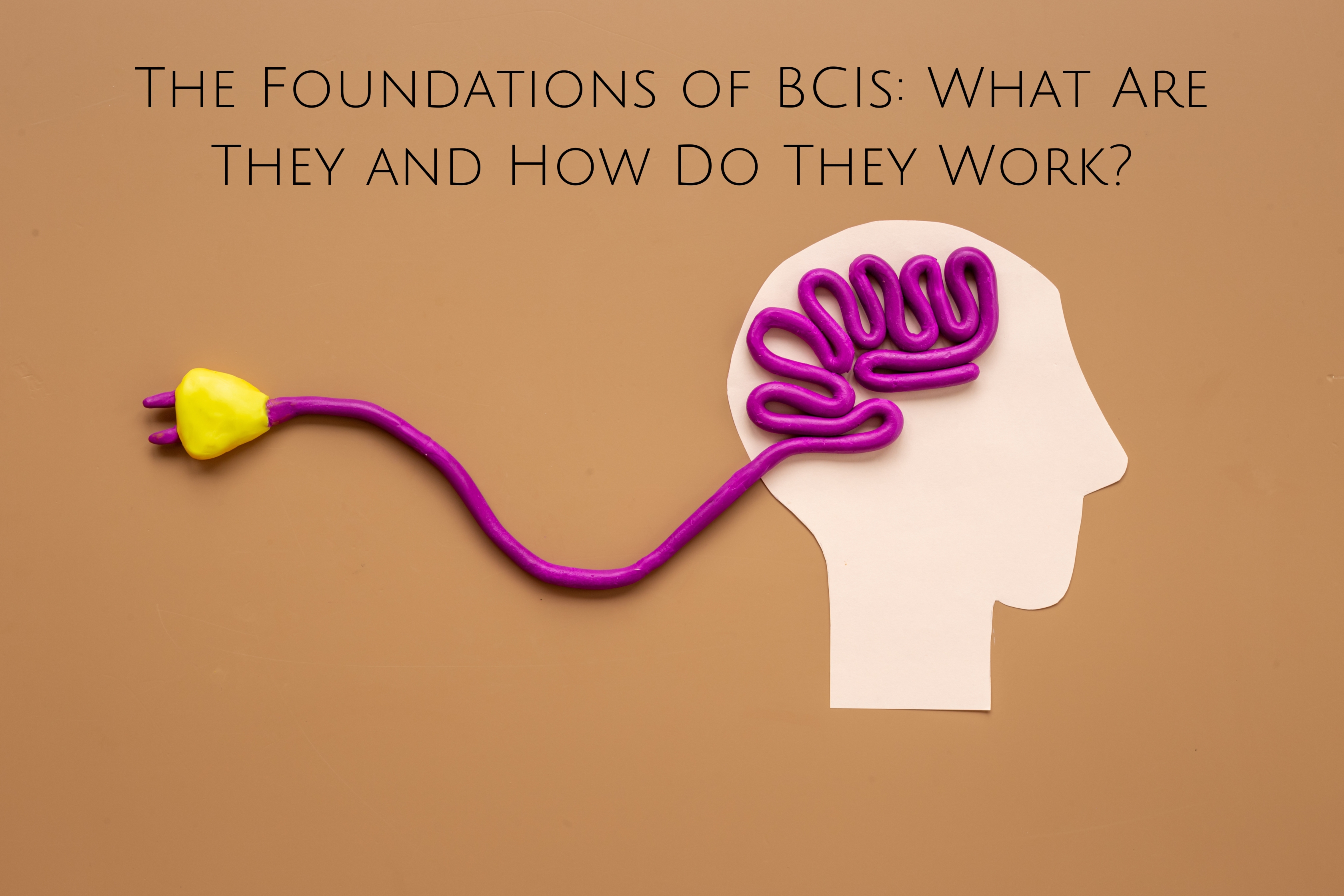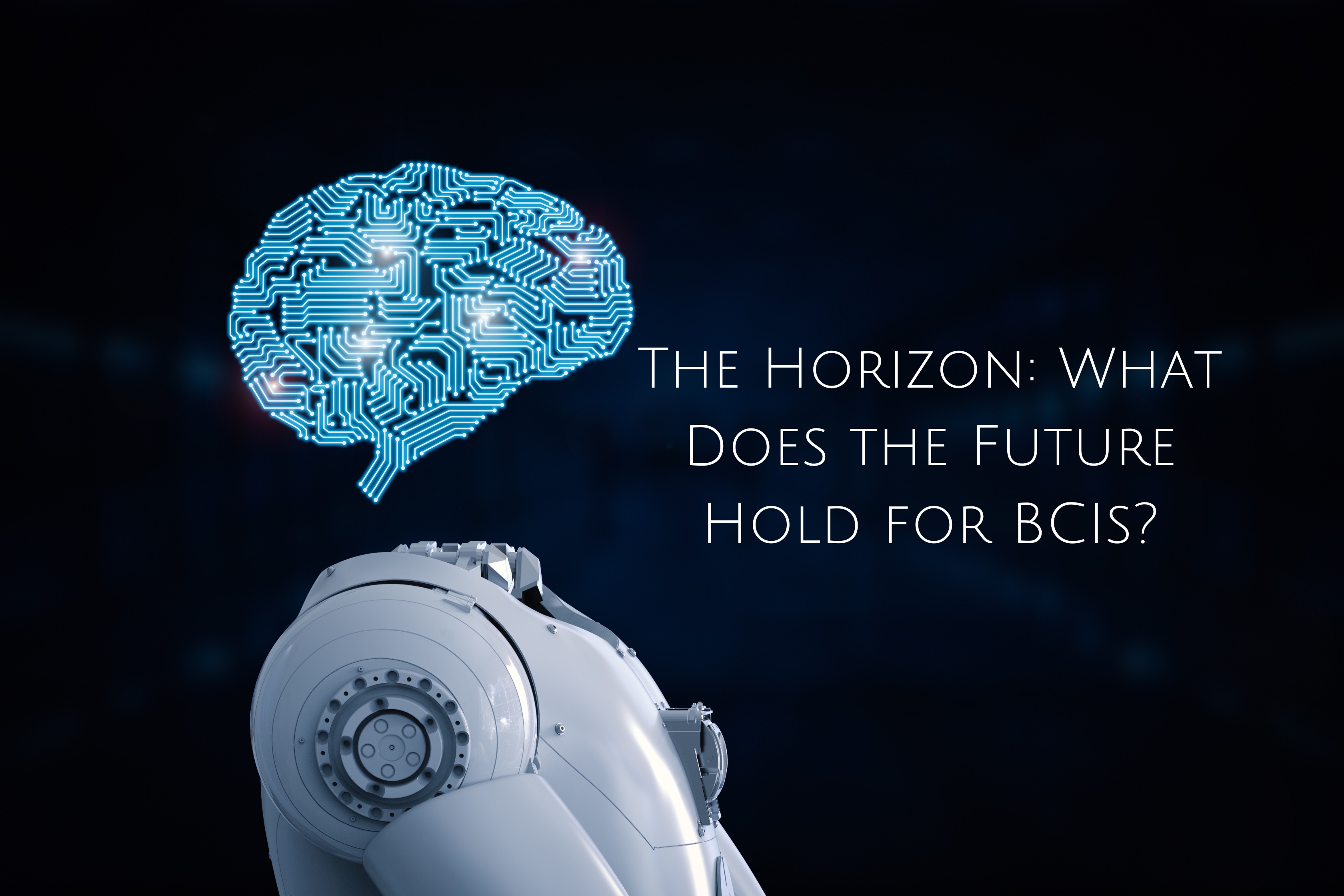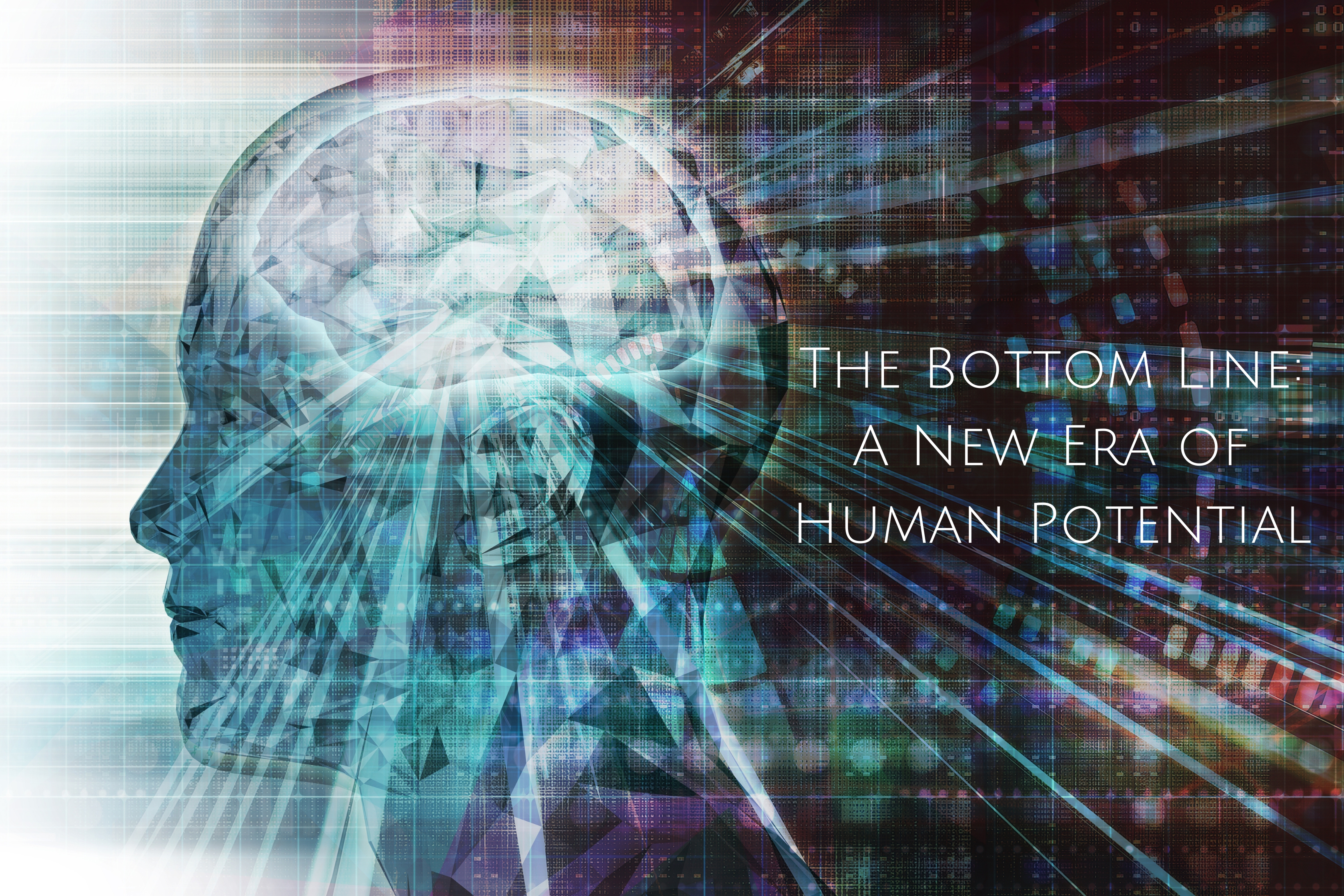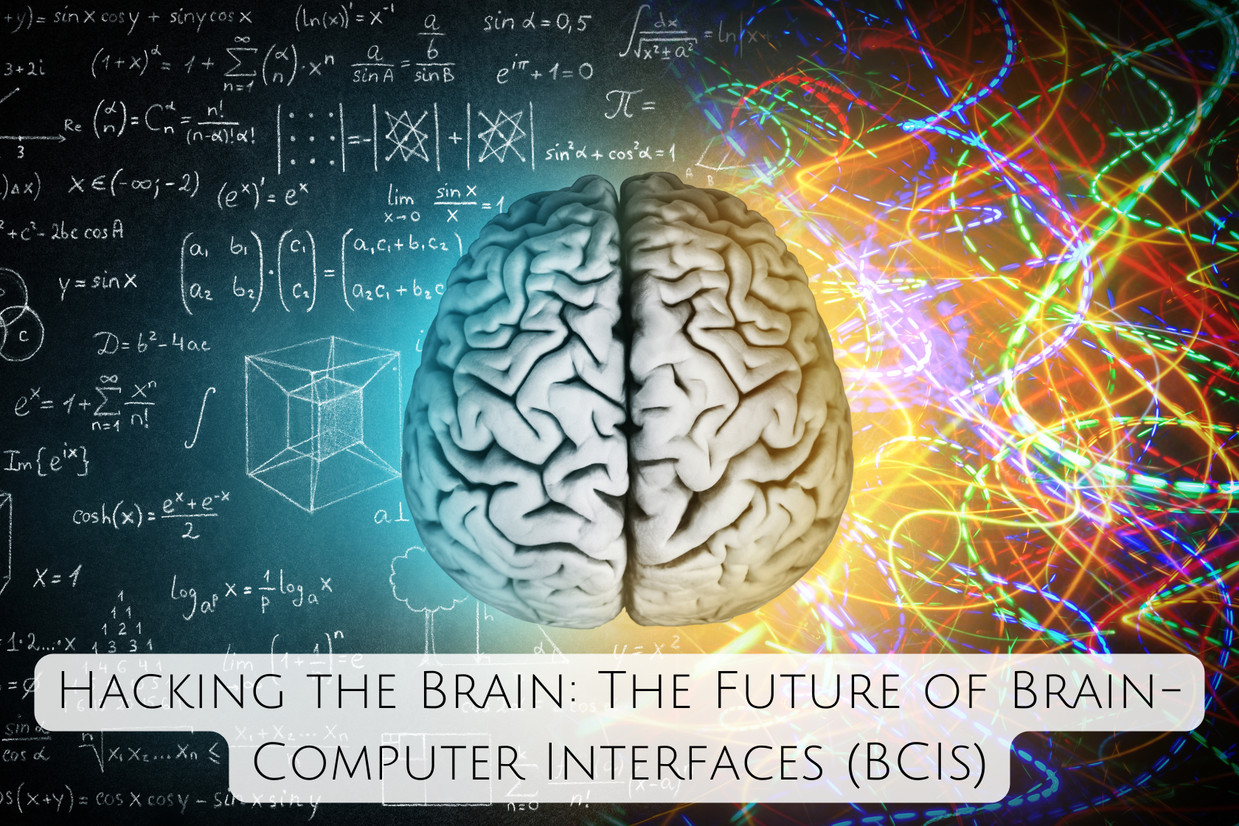Hacking the Brain: The Future of Brain-Computer Interfaces (BCIs)
Imagine a world where you can send an email just by thinking about it, regain lost motor functions after an injury, or seamlessly dive into a virtual reality where your thoughts control the environment. This is not a far-off dream but a rapidly approaching reality, thanks to the incredible advancements in Brain-Computer Interfaces (BCIs).
BCIs are unlocking unprecedented possibilities in how we interact with machines, transforming healthcare, education, entertainment, and even our understanding of human cognition. But with great innovation comes great responsibility—and challenges. Let’s explore the journey of BCIs, from their current capabilities to their boundless future.
The Foundations of BCIs: What Are They and How Do They Work?

A Brain-Computer Interface is a direct communication link between the human brain and an external device, enabling the transfer of neural signals into actionable outputs. BCIs bypass conventional means of communication, such as speaking or typing, allowing users to control machines or interact with software using thought alone.
The process behind BCIs typically involves three critical steps:
- Signal Acquisition: Electrodes (non-invasive, semi-invasive, or invasive) detect electrical signals generated by the brain.
- Signal Processing: Advanced algorithms decode these signals, identifying patterns that correspond to specific thoughts, intentions, or commands.
- Output Execution: The processed signals control devices such as robotic limbs, computers, or even virtual environments.
BCIs can be classified into:
- Invasive BCIs: Directly implanted into the brain, offering high precision but requiring surgical intervention.
- Non-invasive BCIs: Devices like EEG headsets that detect brain activity from the scalp.
- Semi-invasive BCIs: Positioned within the skull but outside brain tissue, striking a balance between precision and risk.
Today’s BCIs: Real-World Applications Shaping Lives

BCIs are no longer limited to laboratories—they are already reshaping lives and industries. Here are some of their transformative applications:
1. Restoring Mobility and Independence
For people with spinal cord injuries or neurodegenerative diseases, BCIs are a game-changer. Neural signals bypass damaged pathways, controlling robotic prosthetics or wheelchairs. For example:
- Robotic Exoskeletons: BCIs allow users to walk by transmitting brain signals to powered exoskeletons.
- Neural Prosthetics: Amputees can control artificial limbs with remarkable precision, restoring a sense of normalcy.
2. Revolutionizing Communication for the Disabled
Individuals with conditions like ALS, who cannot speak or move, can now communicate through BCIs. Systems like brain-to-text allow users to “type” by focusing on letters displayed on a screen, opening up new possibilities for interaction.
3. Transforming Gaming and Virtual Reality
BCIs are pushing the boundaries of immersive gaming. Imagine controlling your in-game avatar with just a thought or interacting with a virtual world that adapts to your emotions in real-time. Developers are exploring mind-controlled gaming systems that blend entertainment with mental engagement.
4. Enhancing Cognitive Performance
BCIs are poised to serve as cognitive enhancers, boosting memory, focus, and learning capacity. They could enable professionals to access complex data instantly or help students learn new skills by directly interacting with the brain’s memory centers.
5. Tackling Mental Health Challenges
Mental health is one of the most promising areas for BCIs. By monitoring brain activity, BCIs can:
- Provide real-time insights into emotional states.
- Offer neurofeedback therapies for conditions like anxiety, PTSD, or ADHD.
- Develop personalized treatment plans for better outcomes.
The Horizon: What Does the Future Hold for BCIs?

As BCIs evolve, their potential is only limited by human imagination. Here are some groundbreaking possibilities that could become reality in the coming decades:
1. Direct Knowledge Downloads
Learning a new language or mastering a complex skill could become as easy as downloading an app. BCIs could allow instant acquisition of knowledge by directly interacting with memory centers.
2. Brain-Controlled Smart Ecosystems
Imagine a home that senses your mental state: lights dim when you’re stressed, music adjusts to your mood, and appliances activate with a single thought. BCIs could integrate seamlessly into smart homes, creating environments tailored to your needs.
3. Digital Immortality
Some scientists and futurists speculate about uploading consciousness into a digital form, allowing humans to transcend physical limitations. While still speculative, BCIs could lay the groundwork for this possibility.
4. Merging Human and Artificial Intelligence
The integration of BCIs with AI systems could create "super-intelligent" humans. By enhancing decision-making, problem-solving, and creative abilities, BCIs could help humans keep pace with rapidly advancing technologies.
The Ethical and Technical Challenges Ahead

While the future of BCIs is awe-inspiring, it comes with significant challenges that need careful navigation:
1. Privacy and Security
If devices can access your thoughts, how do we ensure this data is protected?
2. Accessibility and Affordability
Ensuring these technologies are affordable and equitable will be essential to avoid widening societal divides.
3. Ethical Concerns
Who decides how BCIs are used? Establishing ethical guidelines is vital to ensure these technologies are used responsibly.
4. Technological Hurdles
Scaling up these capabilities will require breakthroughs in neuroscience, AI, and engineering.
The Bottom Line: A New Era of Human Potential

BCIs represent one of the most exciting frontiers in technology, merging the brain’s limitless potential with the capabilities of machines. From empowering individuals with disabilities to enhancing human cognition and connecting our minds to the digital world, the possibilities are staggering.
As we look to the future, the success of BCIs will depend on balancing innovation with responsibility. Ethical considerations, equitable access, and public trust will be crucial to ensuring that BCIs amplify human potential rather than diminish it.
The age of brain-computer symbiosis is here. Are we ready to embrace it and unlock the full power of our minds? Let’s continue the conversation and shape a future where BCIs enhance not just our technology, but our humanity.
Recent Posts
-
Top 10 Parasite Cleanse Die-Off Symptoms: What to Expect and How to Manage Them
Understanding Die-Off Symptoms Parasite cleansing involves using natural or medicinal methods to eli
-
Unlocking Your Body’s Healing Potential: The Role of Stemregen in Anti-Aging
In today’s pursuit of longevity and youthful vitality, anti-aging solutions are rapidly evolving, wi
-
Water Memory: The Quantum Perspective on Why Water is More Than H₂O
Water is everywhere—covering over 70% of the Earth’s surface, coursing through our bodies, and essen





